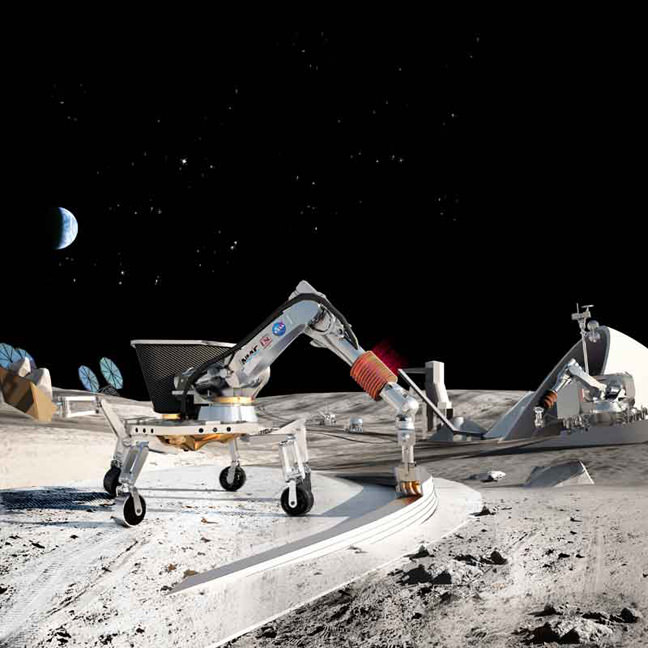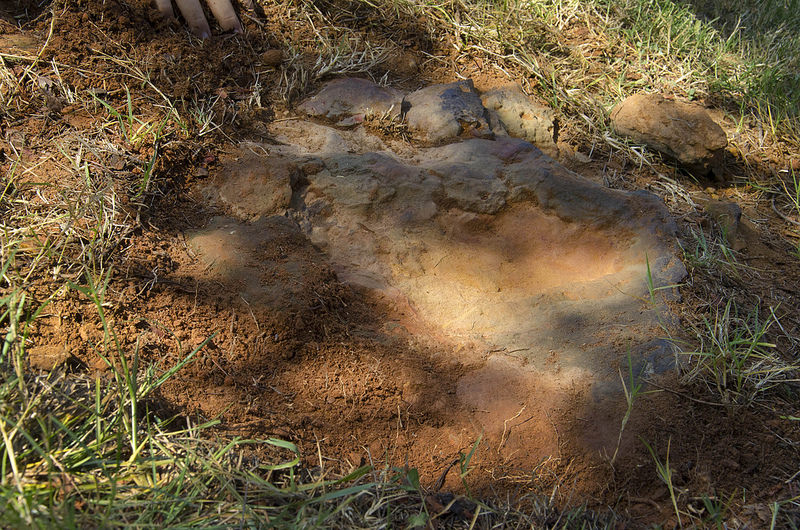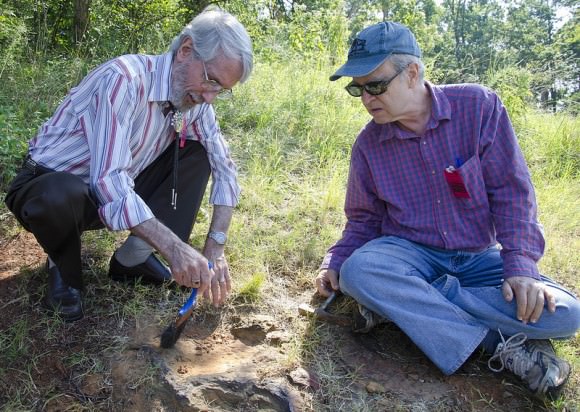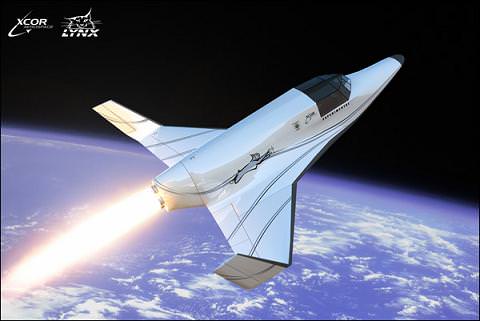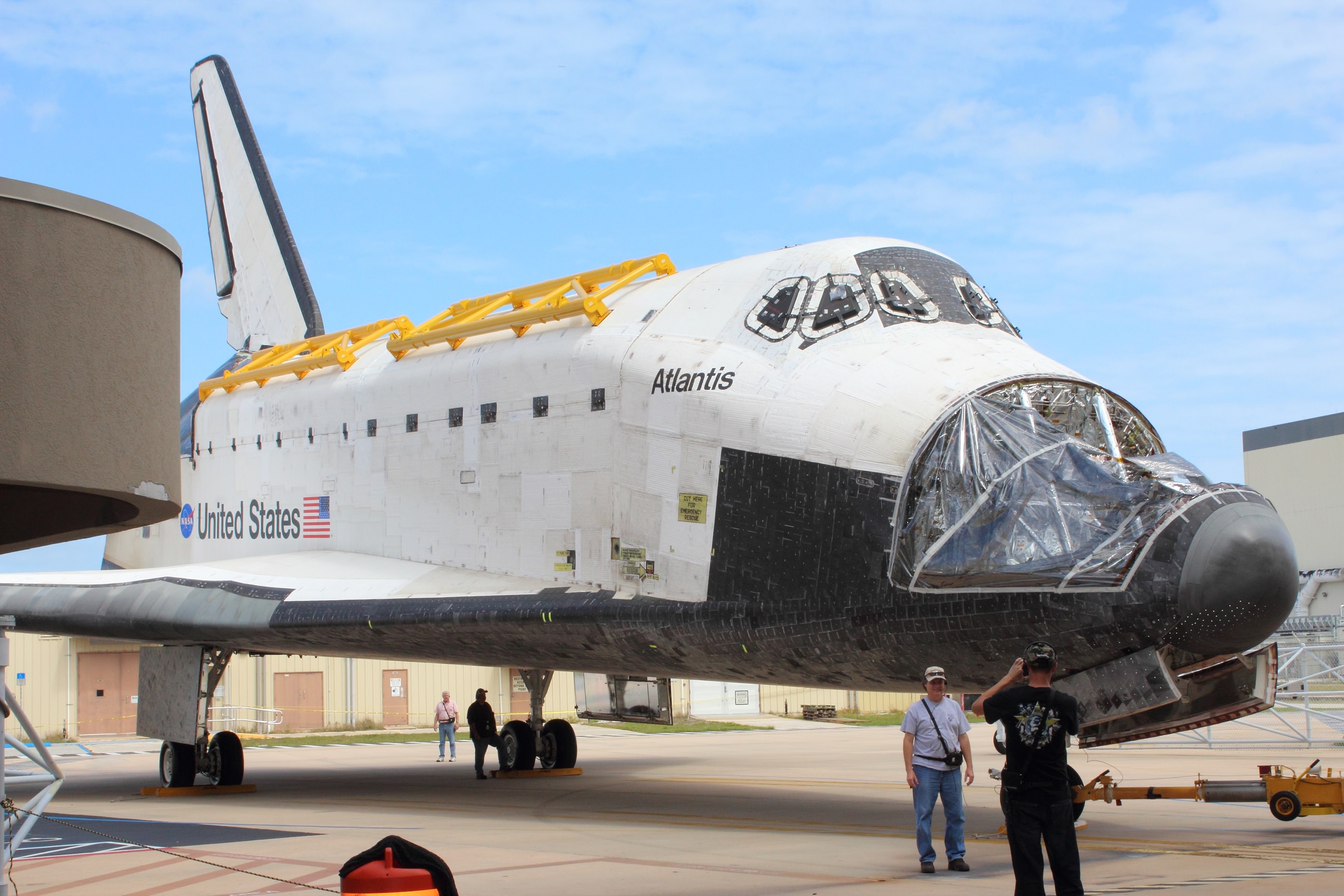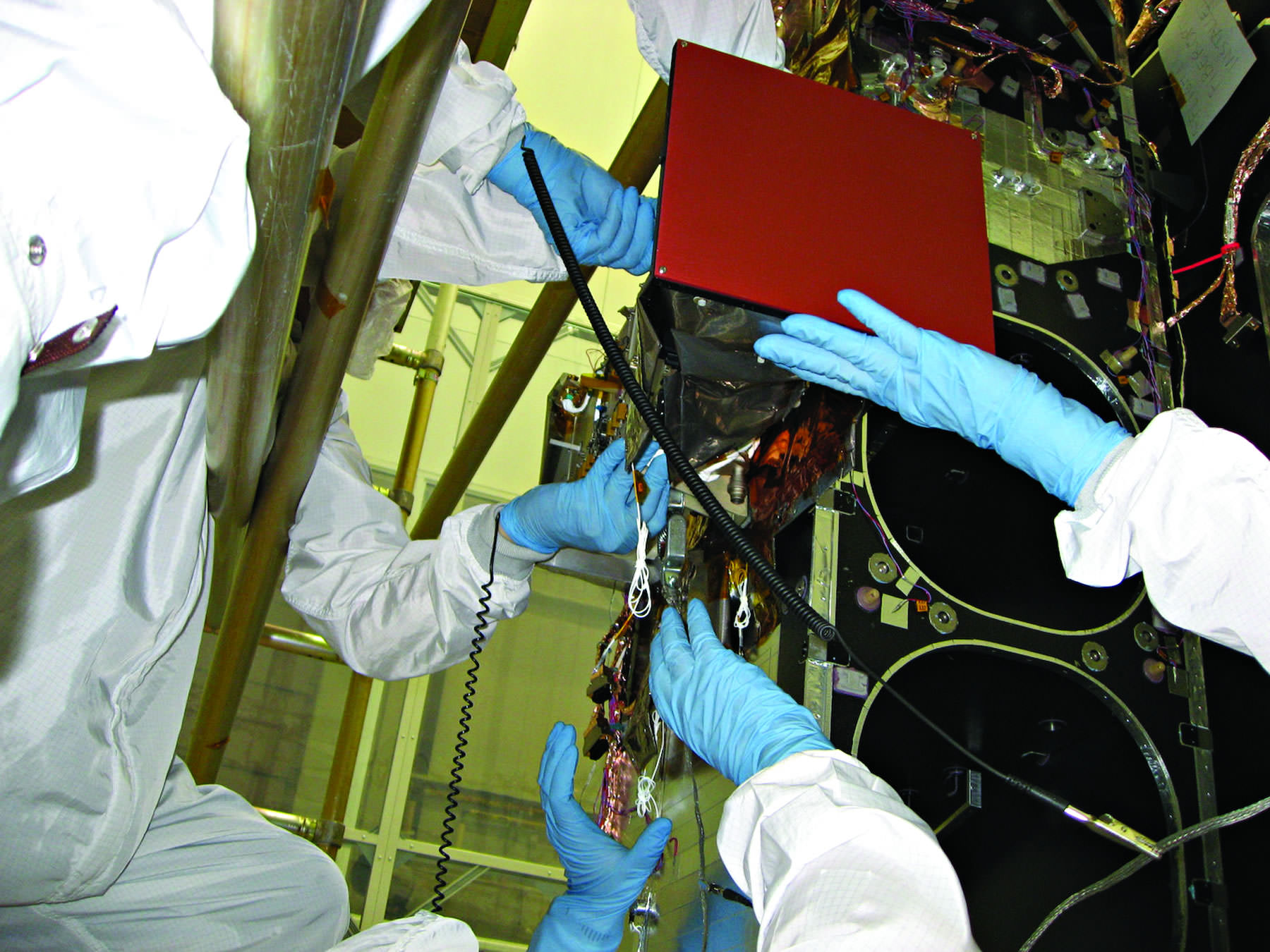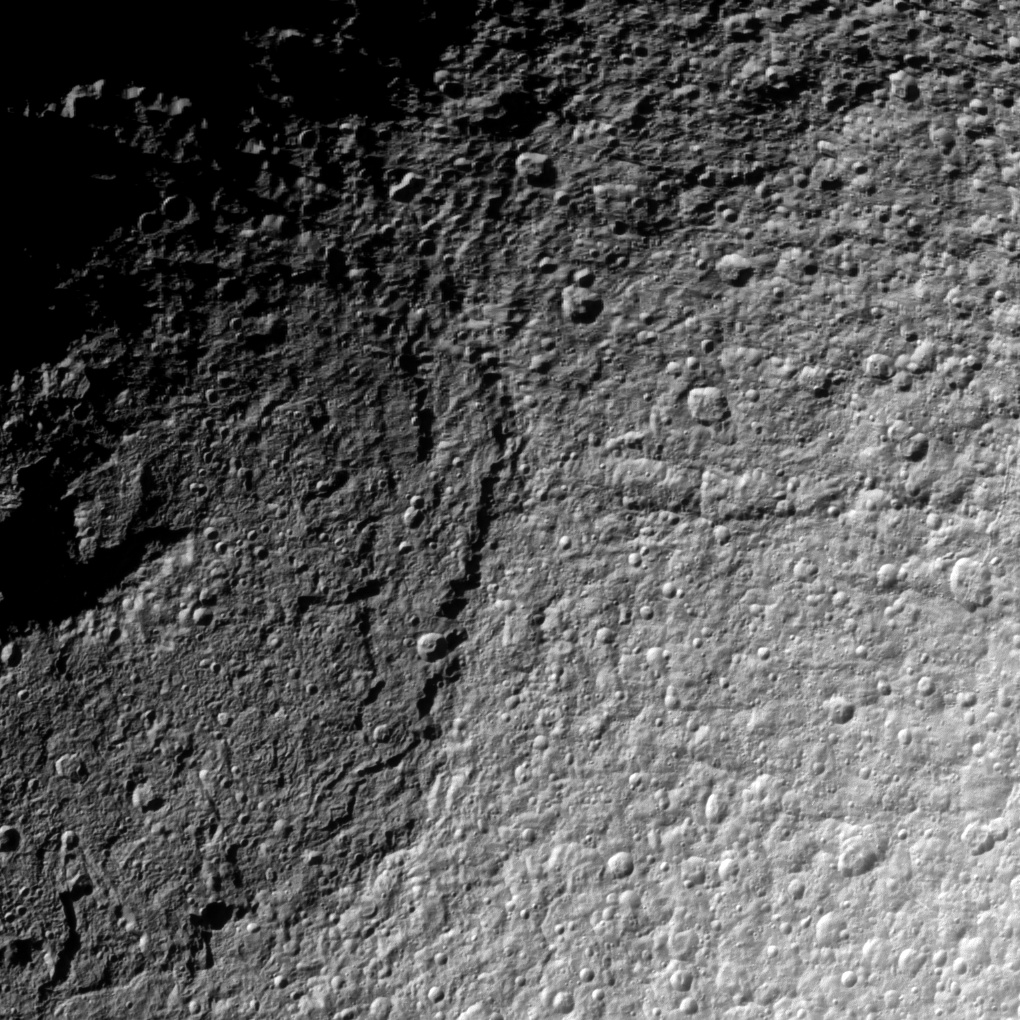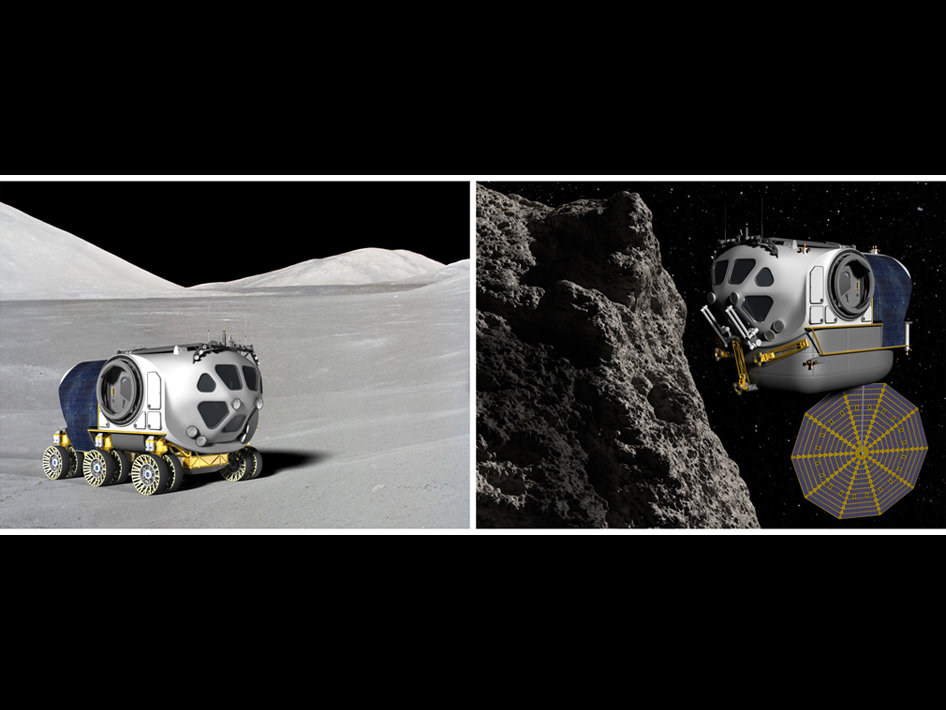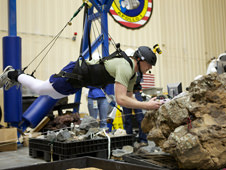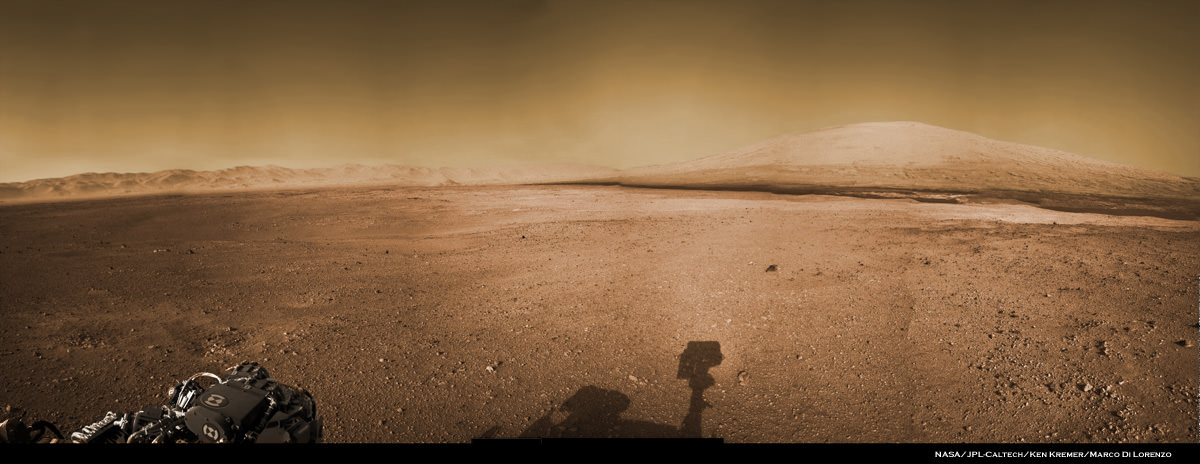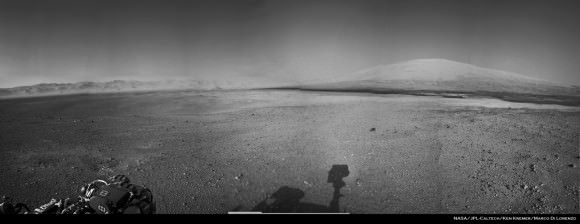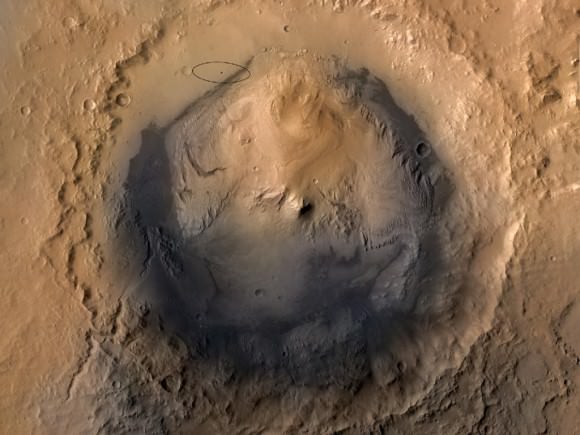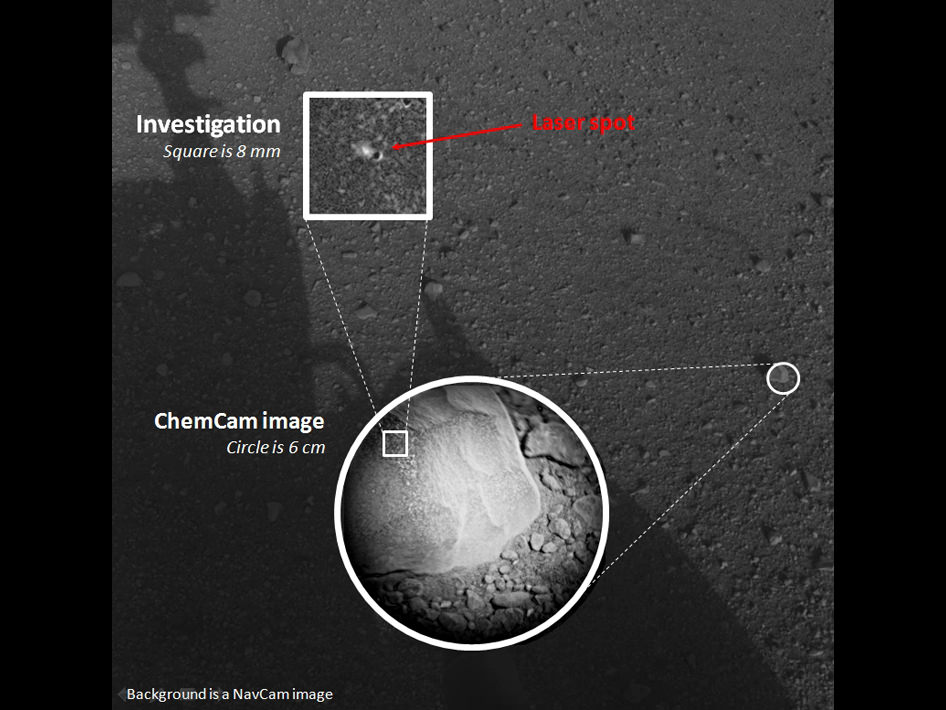The Contour Crafting Simulation Plan for Lunar Settlement Infrastructure Build-Up, a NIAC-supported concept.
Rendering courtesy of Behnaz Farahi and Connor Wingfield
All the media focus surrounding the recent landing of NASA’S rover Curiosity has brought increased attention to space technology. Just in time to bask in the limelight, NASA has delivered a tech enthusiast’s dream in terms of astounding new concepts that have recently been funded. They range in scope from nanosatellite technology to the exploration under the ice of Europa.
NASA’s Innovative and Advanced Concepts program announced on August 1st that it has funded 28 studies for the upcoming year. Eighteen of the studies are considered “Phase 1” projects, while ten are considered “Phase 2.”
Phase 1 projects are the new, innovative ideas that NASA received during its call for proposals. Some other conepts include an air purification system with no moving parts, and a system that could use in situ lunar regolith to autonomously build concrete structures on the Moon, as pictured above. Each of the winning proposals, from a pool of hundreds, will receive $100,000 to pursue the idea further. Each team will report back to NIAC at the end of the year with a report on their progress toward the goals of the project that were laid out in the proposal.
Phase 2 projects are pulled from the successful proposals from last year that reapplied for another grant. These projects have already made it through their Phase 1 development and will receive $500,000 for continuing research into the concept. These projects include such technologies as fusion-driven rockets and printable space-craft, and could move on to commercial or mission development if they successfully complete their Phase 2 goals. Other parts of NASA’s Office of the Chief Technologist will help support those goals, as the NIAC only supports project up through the completion of Phase 2.
The NIAC ties nicely into NASA’s new focus on the commercial side of space flight. Many of the concepts funded by the program could serve as the basis for viable commercial businesses, such as asteroid mining and robotic construction. But most importantly, NASA is still funding the risky, game-changing projects that could drastically transform the way people live their every-day lives. Tech enthusiasts everywhere should be happy with that concept.
You can see here for a list of the proposals. We’ll try to feature some of these in future articles.

